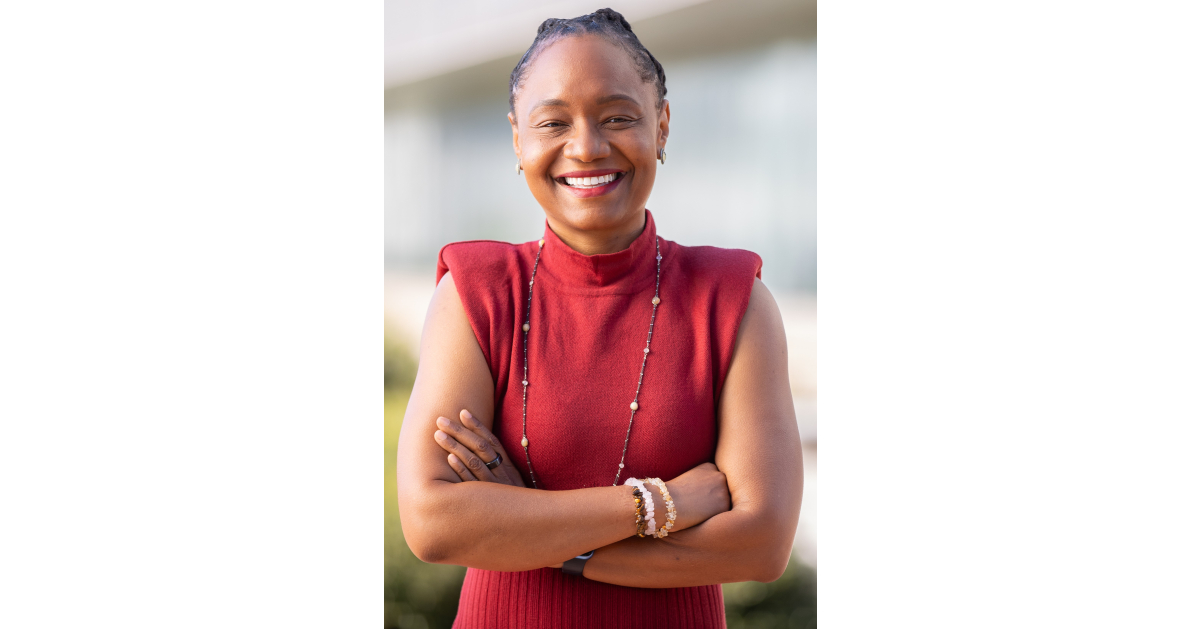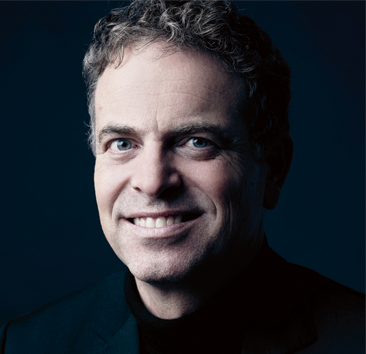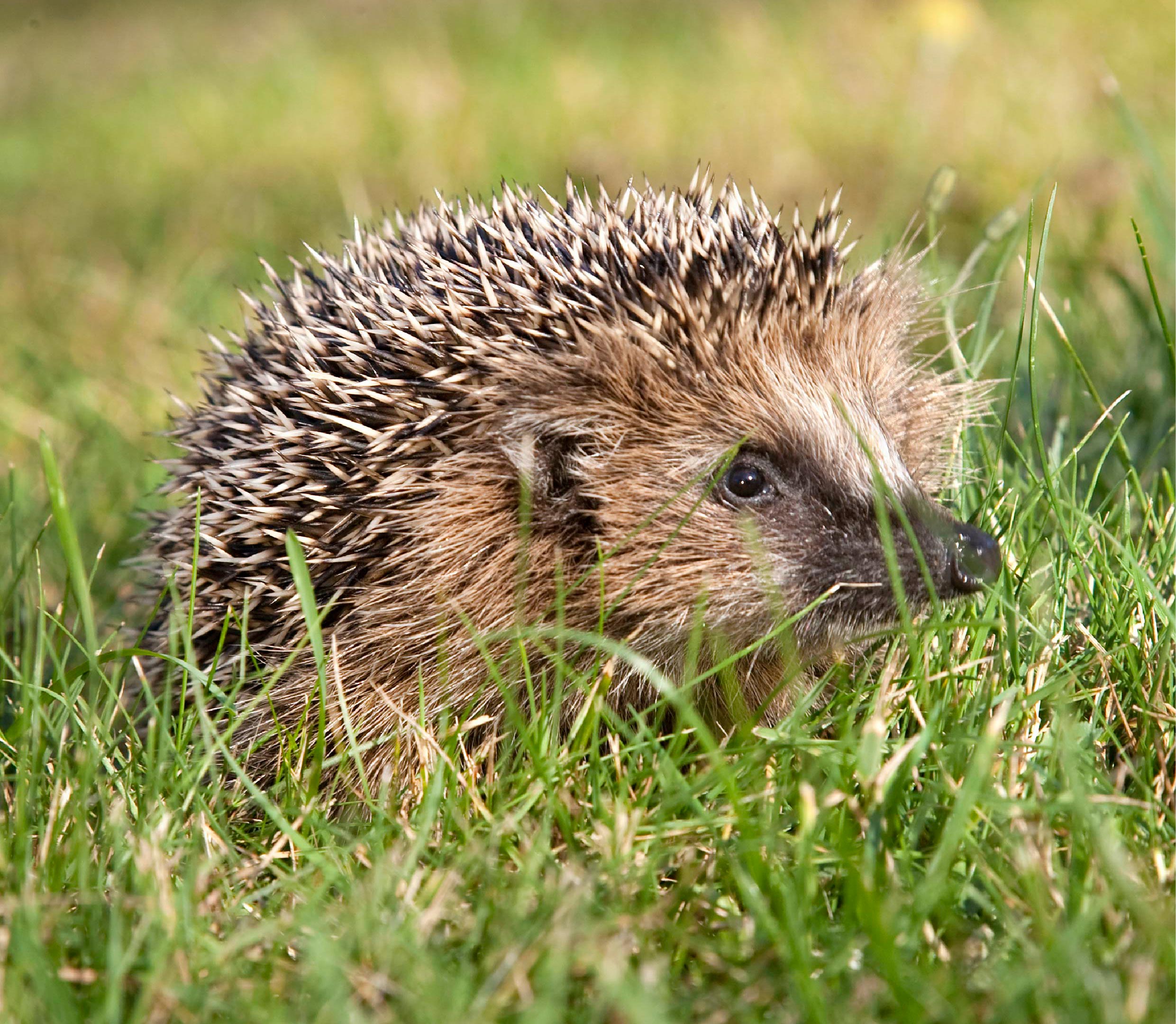by Debra Werner —

SAN FRANCISCO – Iceye raised $136 million in a Series D investment round led by Seraphim Space, a longstanding backer of the Finnish radar satellite operator.
Iceye has now raised a total of $304 million for its global operations focused on providing government and commercial customers with imagery and data drawn from its constellation of synthetic aperture radar (SAR) satellites.
With the latest cash infusion announced Feb. 3, Iceye is expanding manufacturing capacity and upping its launch tempo. Iceye plans to loft 11 satellites in 2022, after launching seven in 2021.
Iceye also will devote additional resources toward natural catastrophe monitoring. In 2021, Iceye began working with insurance industry partners including Zurich-based Swiss Re and Tokyo-based Tokio Marine.
With the climate changing and natural catastrophes becoming more frequent, Iceye executives see increasing demand for updated information. SAR satellites are particularly useful for observing floods and other disasters because unlike optical sensors, they gather data at night and through clouds.
“It turns out that if you can monitor natural catastrophes and do it well, there’s a massive need for that both in terms of the governmental users but also insurance companies that are struggling to provide their customers with a better service,” Rafal Modrzewski, Iceye CEO and co-founder, told SpaceNews.
Modrzewski attributes much of Iceye’s success to the firm’s unwavering commitment to its original goal of establishing a constellation of small SAR satellites.
“We are not impacted by what everyone else is doing,” Modrzewski said. “Iceye keeps on executing its plan, probably partially because we are stuck over here in Finland with all this snow around us. We don’t have any distractions.”
Nevertheless, Iceye has offices around the world, including in Irvine, California, the headquarters for Iceye U.S.
In January Iceye launched two SAR satellites on the SpaceX Falcon 9 Transporter-3 rideshare mission. One of the satellites was built, licensed and is now operated by Iceye U.S.
“We were very happy about this because it showed that we could transfer all of that knowledge and expertise over to an office 10 time zones away,” Modrzewski said.
Iceye’s Series D round was backed by BAE Systems and Kajima Ventures, the firm’s first strategic investors. Additional Series D investors include: Molten Ventures, OTB Ventures, True Ventures, C16 Ventures, Chione Ltd, Services Group of America, the United Kingdom’s National Security Strategic Investment Fund, Space Capital and Promus Ventures.
“This round of funding shows the confidence our new and returning investors have in Iceye and ensures the company will continue on its path for growth,” Susan Repo, Iceye chief financial officer, said in a statement.
Seraphim Capital began investing in Iceye in 2017, before the firm launched its first satellite.
“We’ve watched the company prove the impossible, possible by launching the world’s first miniaturized SAR satellite capable of imaging the planet day and night, to now having grown into being the world’s largest operator of SAR imaging satellites,” James Bruegger, Seraphim Space chief investment officer, said in a statement. Bruegger called Iceye one of the new space ecosystem’s “brightest stars” and said Seraphim expects “global scale persistent monitoring of the planet” to help address some of the world’s “most pressing challenges.”
Note: This article have been indexed to our site. We do not claim legitimacy, ownership or copyright of any of the content above. To see the article at original source Click Here












